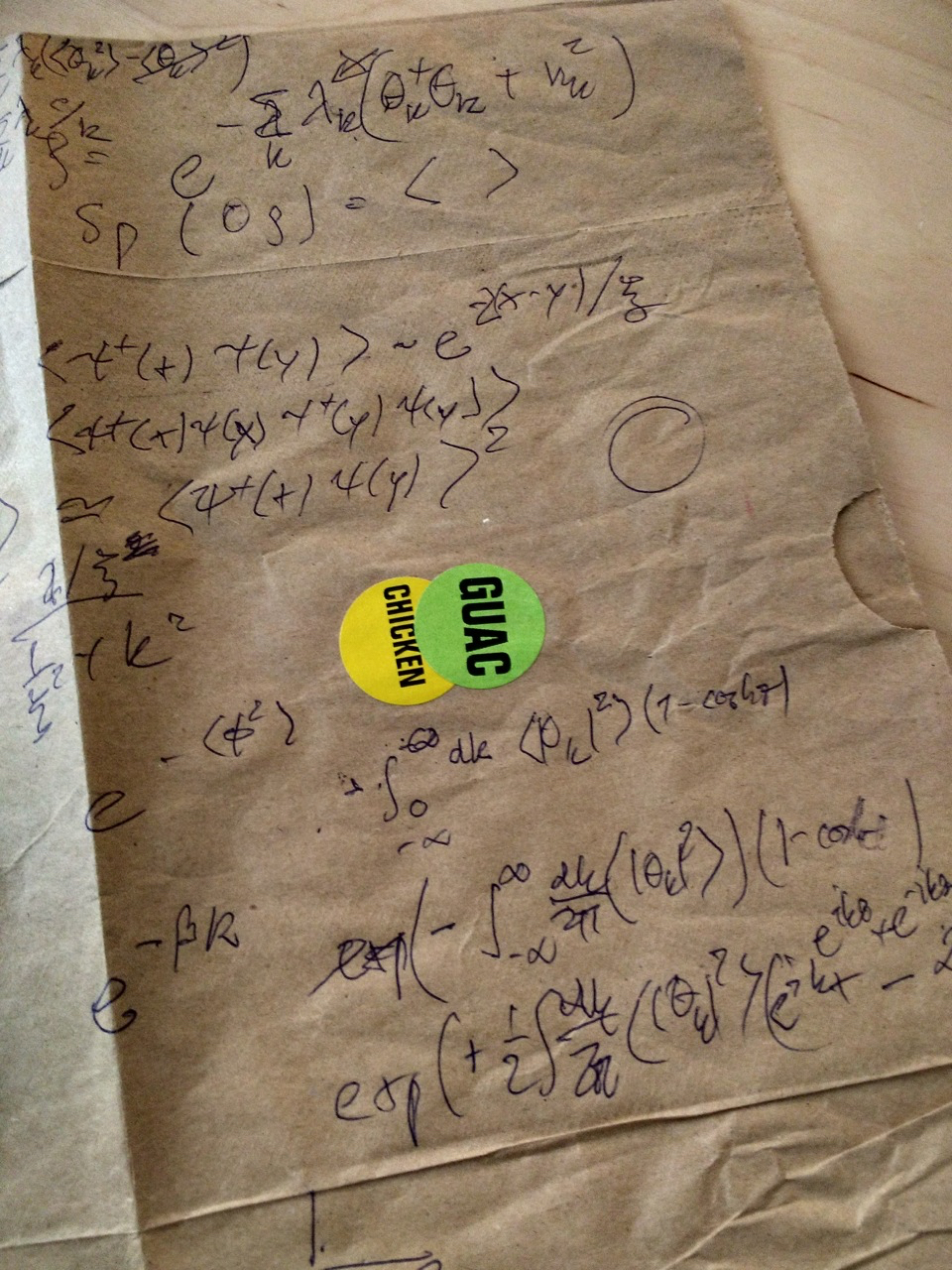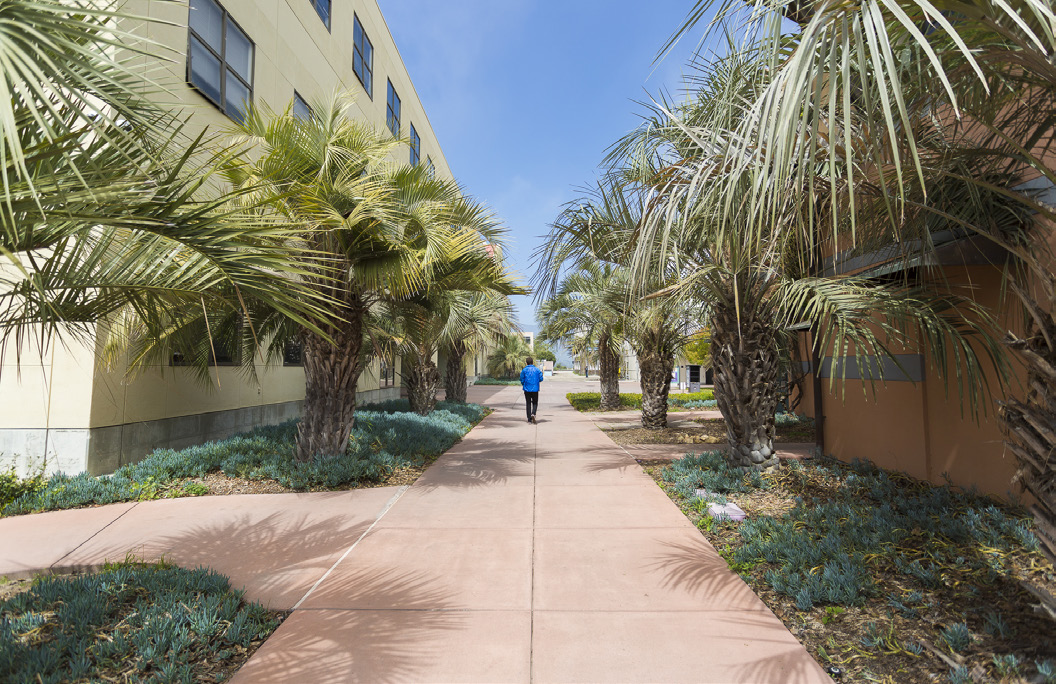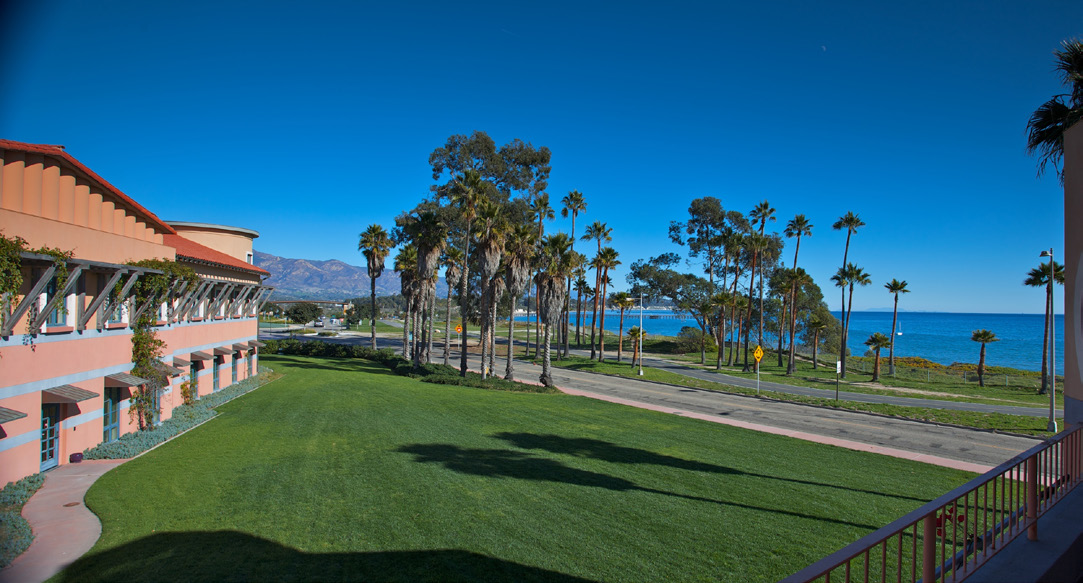 Photo by Tim Langen.
Photo by Tim Langen.
On April 10, 2015 the journal Science published the report “Experimental observation of a generalized Gibbs ensemble” by Tim Langen and collaborators. This event, for the authors, was the culmination of a fruitful collaboration between their teams at the Technical University in Vienna, Austria, and the University of Heidelberg, Germany. As we know since the foundational work of Boltzmann, Gibbs, and many others, the kinetic motion of many molecules is conveniently described within a statistical approach in which the mean velocity of the atoms translates to the temperature of their ensemble. Many questions, though, on how the microscopic laws of quantum mechanics result in the well-known laws of statistical mechanics and thermodynamics, and thus in our classical world, still remain unanswered to date.
 Photo by Matt Perko.
Photo by Matt Perko.
In their experiments, the team of Jörg Schmiedmayer in Vienna had managed to produce an exotic ensemble of about 5000 Rubidium atoms which, in a certain way, showed two temperatures at once. Starting with an elongated cloud at a temperature around 50 billionth of a Kelvin, forming a Bose-Einstein condensate, they managed to excite the motion of the particles in an intricate manner by suddenly splitting the electromagnetically trapped cloud into two almost identical halves. During the subsequent relaxation of the system it showed characteristics which could be interpreted in terms of a description which went beyond the standard equilibrium Gibbs ensemble of statistical mechanics. Such a “Generalized Gibbs Ensemble“ (GGE) had been proposed already in the late 1950s by Edwin T. Jaynes to be possible. Since it had been brought back into the scientific discussion by the work of Marcos Rigol and collaborators about a decade ago, this GGE has fascinated many physicists, in theory and experiment.
 KITP’s Kohn Hall looking toward Goleta Beach and entrance to campus. Photo by Whitney Freedman.
KITP’s Kohn Hall looking toward Goleta Beach and entrance to campus. Photo by Whitney Freedman.
In the recollections of the theoretician and coauthor of the paper Thomas Gasenzer from Heidelberg, this collaborative project had in fact taken off on a sunny Sunday morning during the KITP program “Quantum Dynamics in Far from Equilibrium Thermally Isolated Systems” in late August 2012. On this morning he was walking from Goleta into downtown Santa Barbara when he realised, about halfway down the way, why a Bose condensate, suddenly split into two near-identical halves, instantly bears characteristics of a thermal equilibrium ensemble. Back at KITP he worked out, in a few lines, that the resulting ensemble looked thermal at very low energies while at the higher-energy end which should also be observable in an experiment, the gas properties deviate from being thermal and rather form what can be interpreted as a GGE. The derivations on the board in the bull-eyed octagon discussion room occured on the same day, after a first discussion with Langen and Schmiedmayer. Many intense discussions were to follow before the experimental data allowed to write a first draft over a year later. These discussions had started in Santa Barbara, and Tim Langen could even produce the chicken-guacamole burrito bag from his memorabilia collection containing some further theoretical insight gained during those days.
- Thomas Gasenzer, Professor, University of Heidelberg
KITP Newsletter, Spring 2018
